
When Can FCC ID Modifications Be Filed?
Class I Change
The product changes do not affect RF data or exposure evaluation (i.e., the original test data remains valid).
Examples include:
- Changing the product’s appearance, such as color, model number, trademark
- Replacing the charger
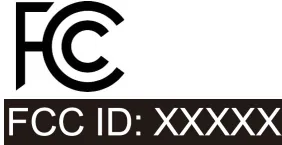
Note:
If the original product casing was white, changing the color can be updated internally by the lab by adding the new color description and updated appearance photos to the report. No resubmission is requiRED.
If the change (e.g., charger replacement) may affect EMC performance, EMC verification testing is needed. No resubmission is required.
Class II Change
The device changes affect RF data and/or exposure evaluation (i.e., original test data changes). Common types of changes include:
- PCB (Printed Circuit Board) or hardware changes
- Antenna changes
- Non-SDR software changes
- RF exposure evaluation updates
Note:
- PCB or hardware changes, like adding/removing resistors, capacitors, or changing amplifier output circuits, can impact RF circuitry.
Examples:
1. Antenna changes (affecting VSWR)
2. Changes in exposure evaluation (e.g., usage distance, output power changes)
3. Casing changes (e.g., switching from metal to plastic, or vice versa)
4. Power/radiated emission variations:
- Conducted output change within ±0.5 dBm or radiated output change within ±3 dBm are acceptable.
- Conducted emissions under FCC 15.207 within ±3 dBm are acceptable.
- In these cases, the report needs to be updated and resubmitted to the FCC for review. fcc id cannot be changed.
Class III Change
Changes to Software Defined Radio (SDR) devices, involving modifications affecting RF parameters.
Typical cases include changes beyond the originally approved:
- Frequency ranges
- ModULation types
- Maximum output power
- Operating conditions
Note:
Common SDR devices:
- FM Broadcast: 87–108 MHz, WFM mode
- Civil walkie-talkies: 136–174 MHz (NFM), 400–470 MHz (NFM)
- Amateur radios: 50–54 MHz, 144–148 MHz, 430–440 MHz (NFM)
- Airport tower communication: 118–135.975 MHz (AM mode)
- 2G/3G/4G base stations
SDR technology enables devices to support multiple functions, modes, and bands through software updates instead of hardware replacements.
Change ID
Changes involving only the grantee name or address, or the FCC ID itself.
Note:
- For Change ID applications, product photos must remain identical to the original case.
- If only the model or address changes without FCC ID change, internal update by the lab is sufficient; Change ID application is not needed.
Changes That Must Be Treated as New Applications
Some changes cannot be filed as a Class I, II, or III modification and must apply for a new FCC certification:
- Fundamental frequency and stability circuits (e.g., master frequency, crystal oscillator, data rates) cannot change.
- Changes to basic modulation circuits, maximum power, or field strength are not allowed.
Reference: KDB 178919 D01
Modification Categories (Summary)
Applicable for the following change types:
1. Antenna changes
2. PCB and hardware changes
3. Enclosure (housing) changes
4. Software changes
5. RF exposure evaluation changes
6. Other modifications
When evaluating a modification, all impacts must be considered to determine the change category.
For example, if a software change adds new frequency bands and increases power output, a new FCC ID application is required unless it fully qualifies under the Class II rules.
Software Changes
A. Non-SDR Software Changes
Limited software changes for non-SDR radios may qualify as Class I or Class II changes.
SDR Definition:
Software-Defined Radio (SDR) enables wireless communication features (band, protocol, functionality) through software without hardware modification, allowing efficient and secure upgrades.
Typical SDR devices:
- FM Broadcasting: 87–108 MHz (WFM)
- Civil walkie-talkies: 136–174 MHz, 400–470 MHz (NFM)
- Amateur radios: 50–54 MHz, 144–148 MHz, 430–440 MHz
- Airport tower communication: 118–135.975 MHz (AM)
- 2G/3G/4G Base stations
B. Adding Frequencies under Class II (Conditions):
1. Added frequencies must not involve hardware changes.
2. New frequencies must not increase output power.
3. Device classification must remain the same.
4. Updated exposure evaluation is required.
5. Only the original manufacturer can implement new frequencies.
6. No other changes that would require a new application.
C. Frequency Reduction:
1. Reducing frequencies with no other RF changes can be filed under Class I.
2. Adding frequencies after a reduction needs to be evaluated under Class II.
D. Restrictions:
Only the original manufacturer or an authorized party (with a contract and proof) can modify RF parameters such as frequency, power, modulation, or operational conditions.
E. Application Requirements:
Modification type must be clearly indicated in Form 731. Changes must involve only software modifications.
F. Power Reduction by Software:
- If software reduces output power without hardware changes, it can be filed under Class II.
- Power must remain within limits and no hardware modifications allowed.
G. Power Increase by Software:
- If software changes increase conducted or radiated output compared to the original, a new certification is required unless it qualifies under Class II change with complete testing (e.g., U-NII devices or wireless MICrophones adding new bands).
Antenna Changes
Antenna Replacement:
- Replacing antennas with equivalent types falls under Class II.
- Replacing with lower gain antennas only may qualify as Class I.
Part 15 Equivalent Antennas:
- Must list all certified antennas with photo, type, gain, model, and manufacturer.
- Equivalent antennas must match type (e.g., Yagi, dish), have equal or lower gain, and show similar in-band and out-of-band characteristics.
New Antenna Types:
- Introducing new antenna types or higher gain requires Class II modification.
- Must comply with 15.203.
Special Cases:
- Personal communication devices (Part 15 Subpart D), U-NII devices, and UWB devices require additional testing even for lower gain antennas.
- Radiation density may determine if change is Class I or II depending on field strength.
PCB and Hardware Changes
Hardware Changes:
- Non-equivalent hardware changes need new FCC ID.
- Modifying internal hardware components affecting RF parameters (power, frequency) typically requires a new ID.
- Substituting components with identical electrical characteristics must be evaluated to determine if a Class I or II change applies.
Amplifier Changes:
- Adding external amplifiers requires new certification.
- Removing or modifying internal amplifiers also requires new certification.
Non-Transmitting Circuit Changes:
- Changes to supporting circuits (e.g., receiver circuits, displays) may be allowed under the same FCC ID if RF parameters remain unaffected.
Enclosure Changes
Minor Enclosure Changes:
- Only minor allowable changes are permitted for non-modular certified devices.
- Major structural changes (e.g., desktop to tower PC) require new certification.
For Modular Devices:
- As long as the transmitter remains accessible without major disassembly and all FCC conditions are maintained, no new certification is needed.
RF Exposure Evaluation Changes
Class II Modification:
- SAR/MPE retesting is needed if RF exposure conditions are affected.
Portable Device Considerations:
- If modified device SAR exceeds original device SAR under similar conditions, a Class II change application is required.
Changes That Must Be Evaluated:
- Antenna structural changes
- Increased SAR levels due to metal components or antenna gain
SAR Evaluation:
- Required when new antennas are added unless original maximum SAR values are low enough (<0.8 W/kg).
Email:hello@jjrlab.com
Write your message here and send it to us
 What Certifications for Wireless Products Exported
What Certifications for Wireless Products Exported
 Which Lab Provide Brazil ANATEL Certification Serv
Which Lab Provide Brazil ANATEL Certification Serv
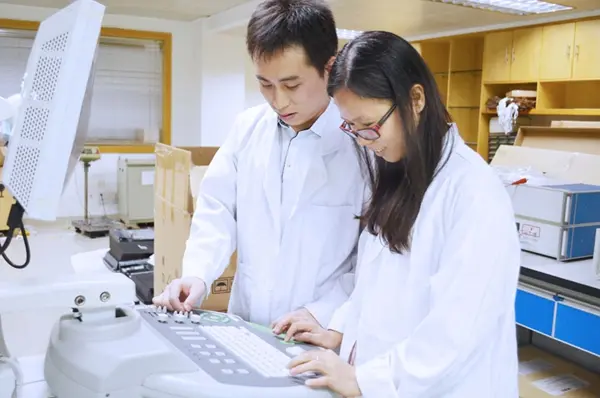 What is FDA Cytotoxicity Testing
What is FDA Cytotoxicity Testing
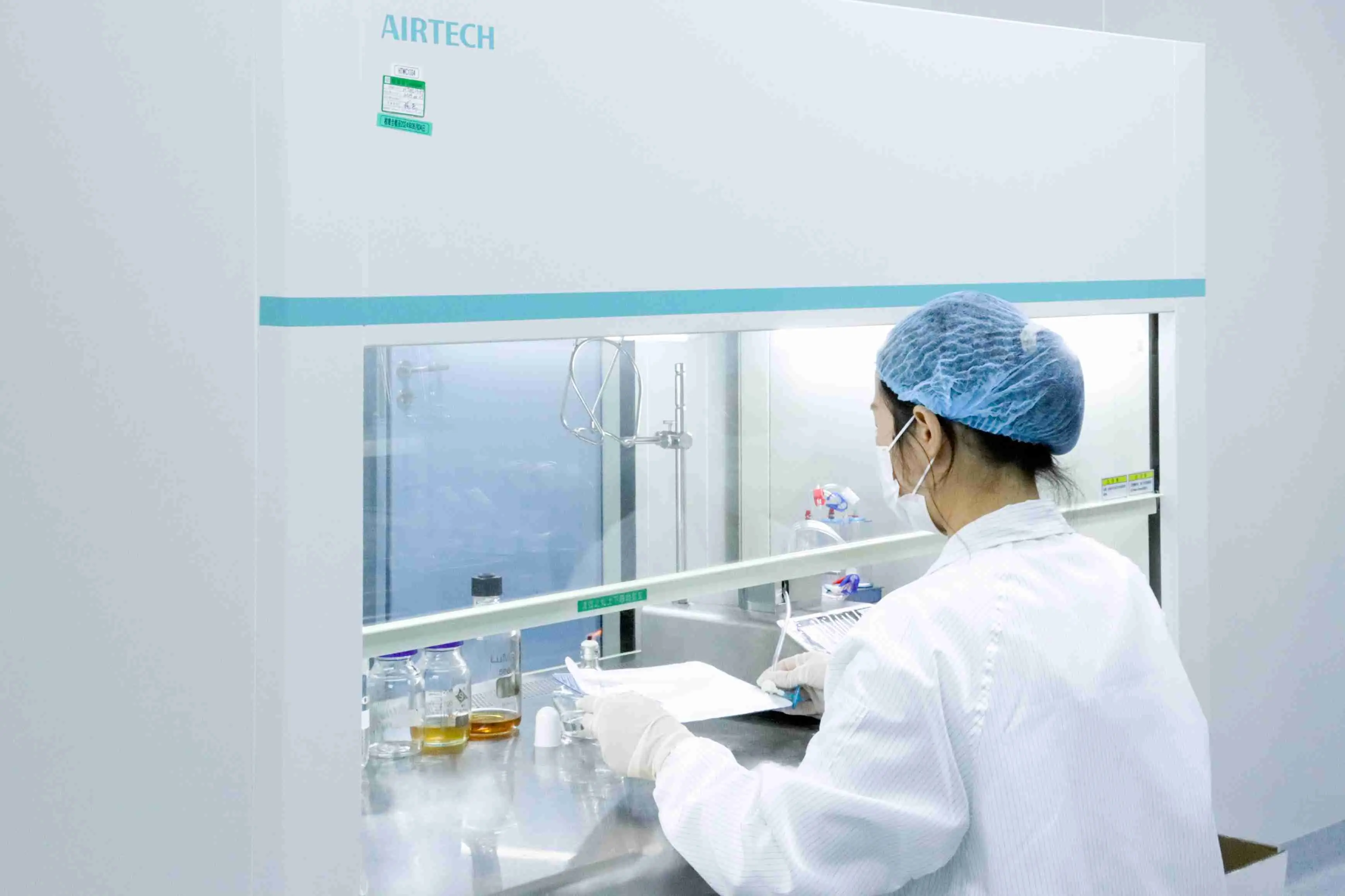 How Much Does a Cytotoxicity Test Cost
How Much Does a Cytotoxicity Test Cost
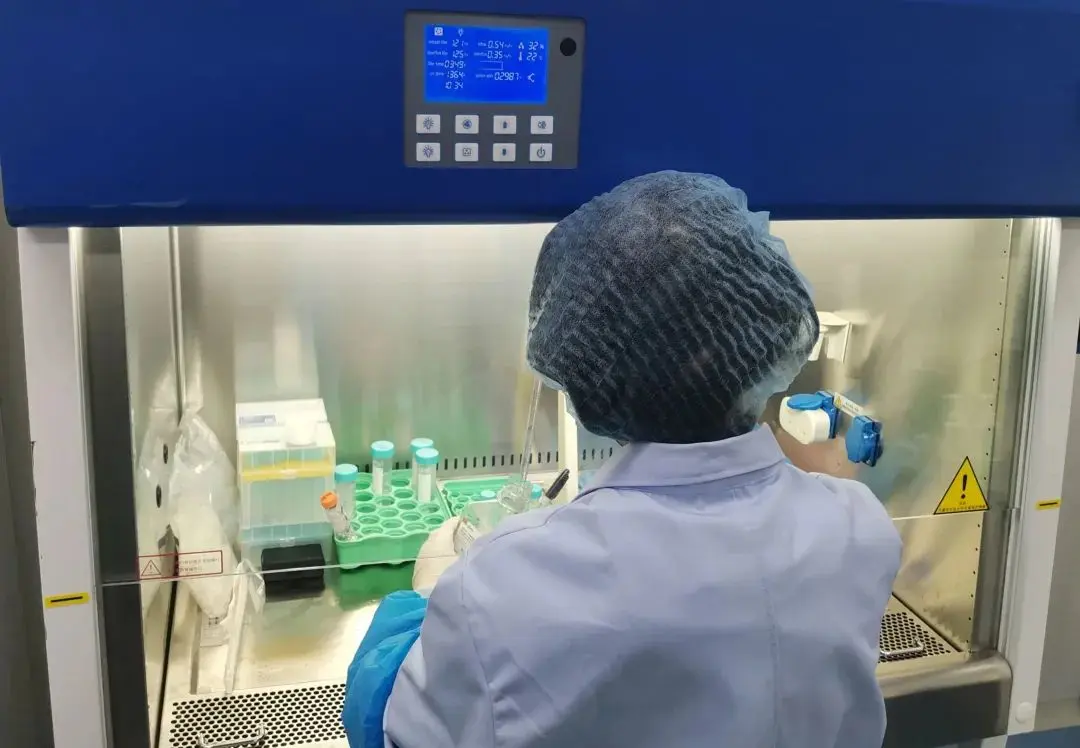 What is Biocompatibility Cytotoxicity Test
What is Biocompatibility Cytotoxicity Test
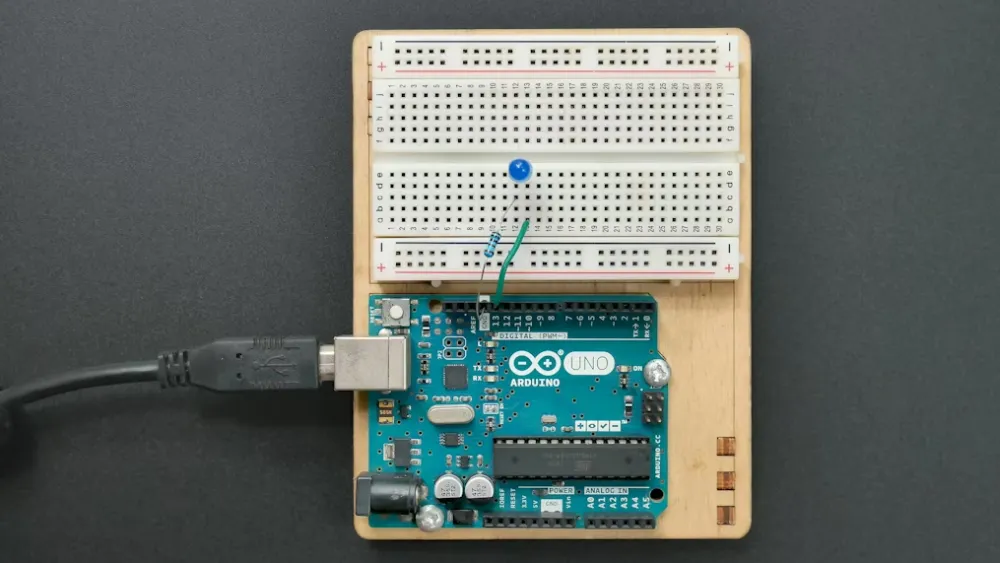 Global Cyber Security Compliance for Connected Pro
Global Cyber Security Compliance for Connected Pro
 What Certifications for Exporting Monitors to Euro
What Certifications for Exporting Monitors to Euro
 Bluetooth Headphones Exported to Australia Certifi
Bluetooth Headphones Exported to Australia Certifi
Leave us a message
24-hour online customer service at any time to respond, so that you worry!




